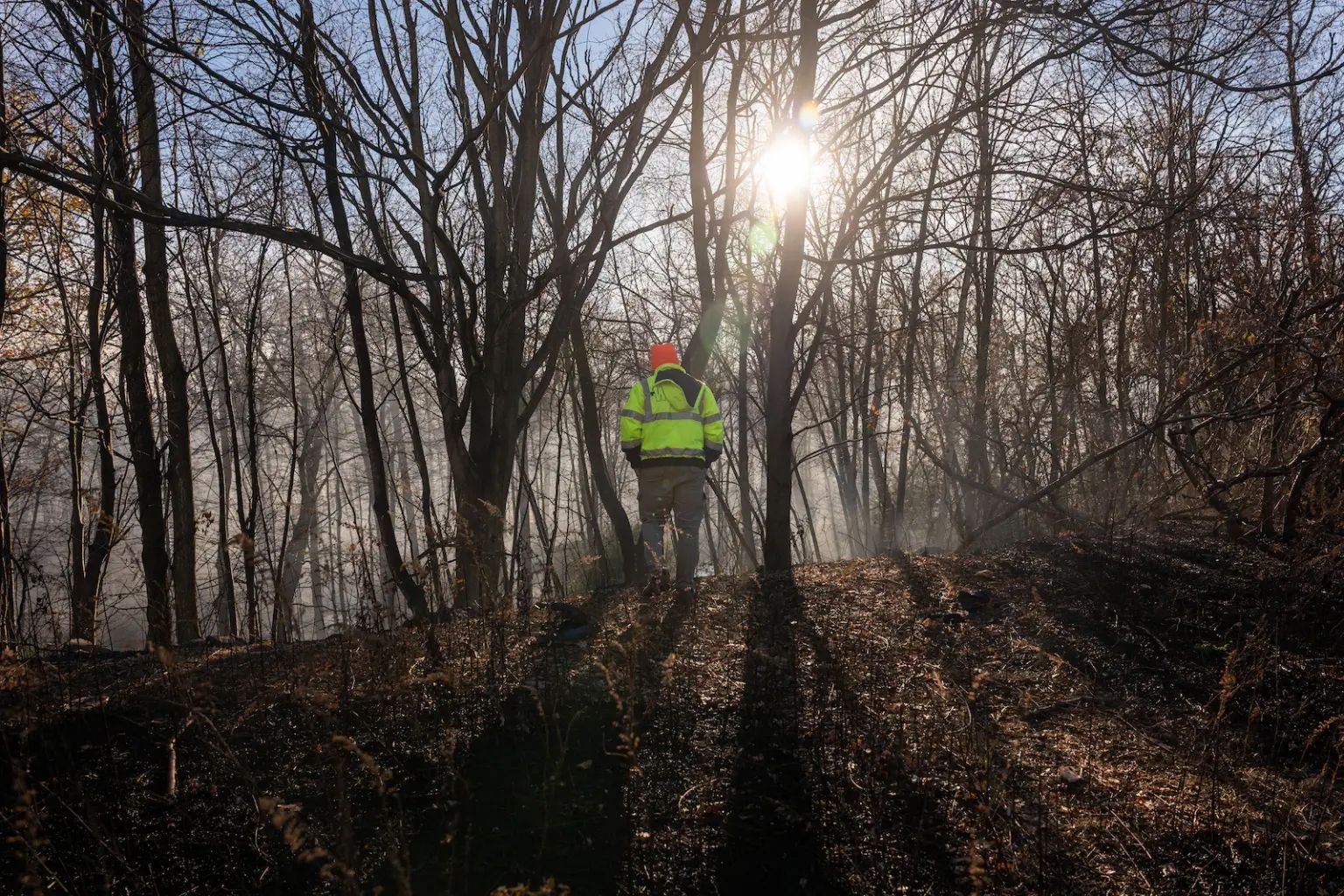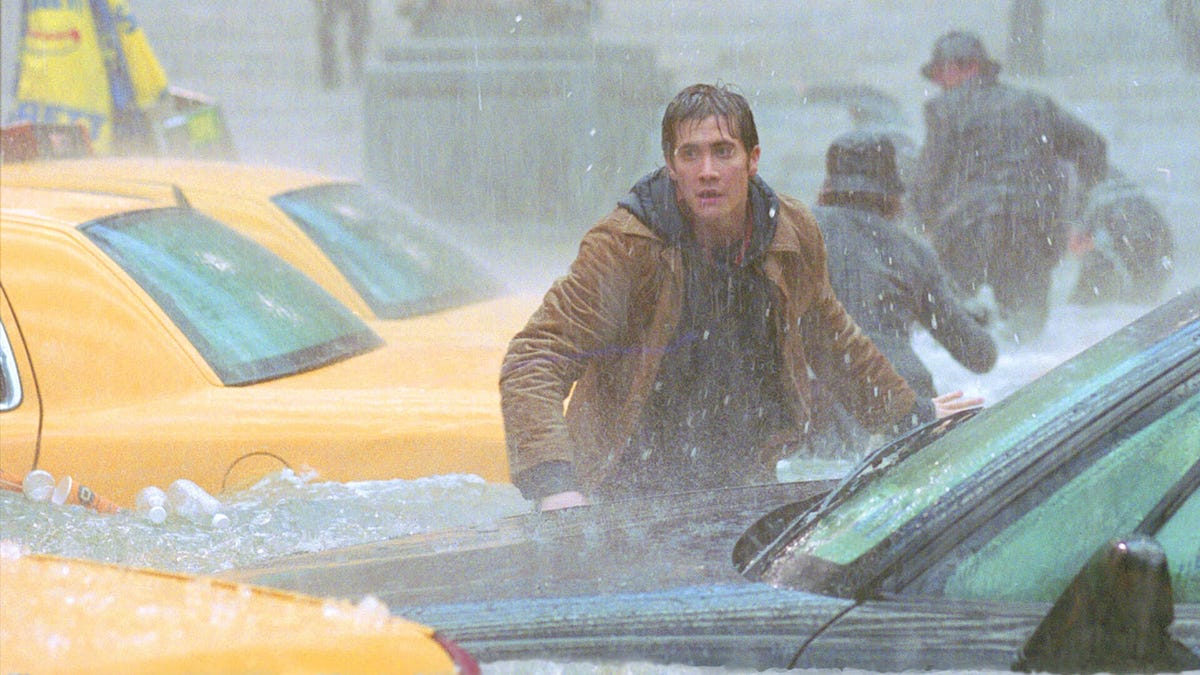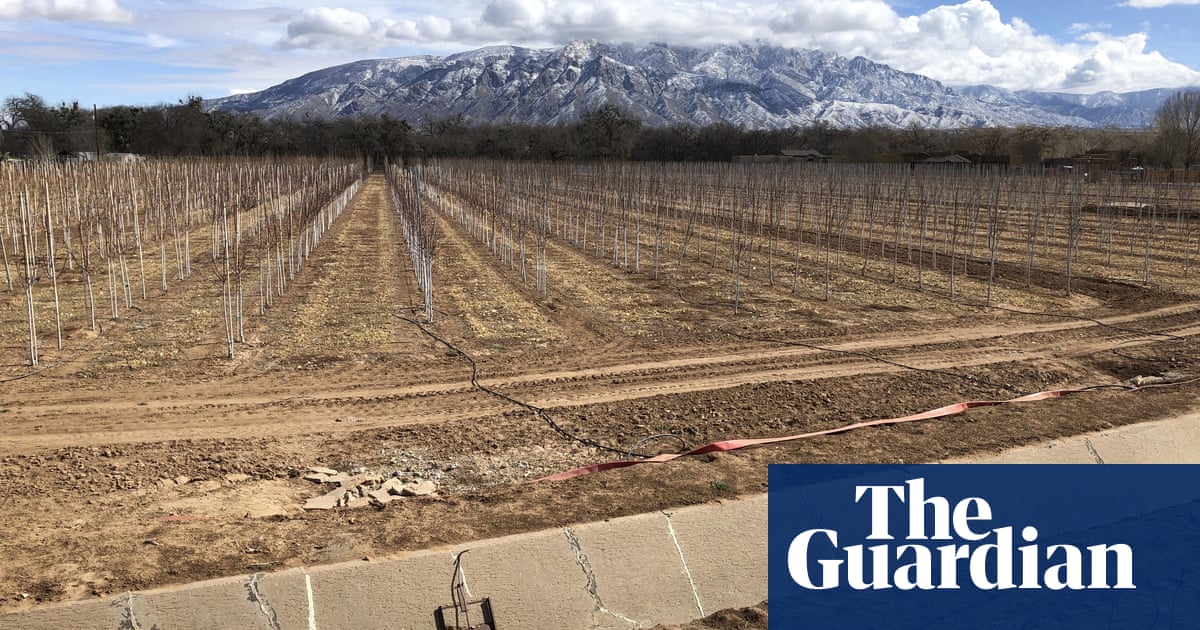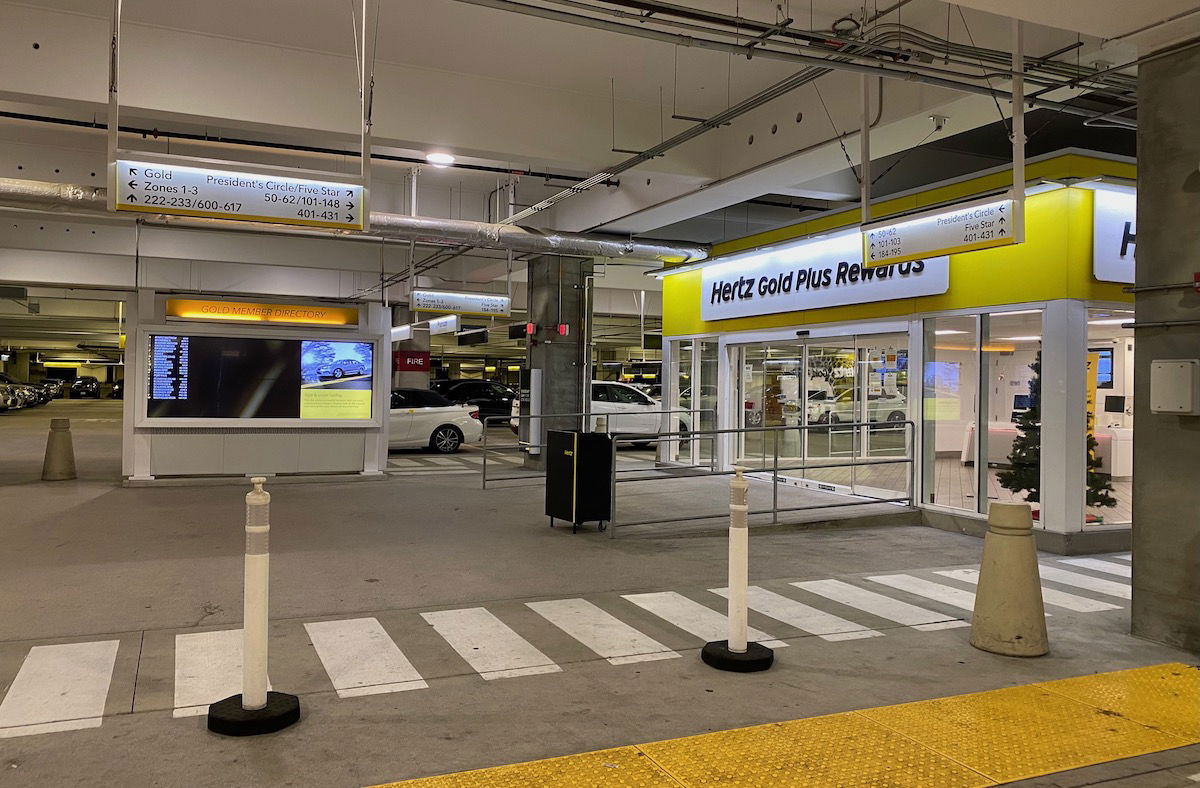
It’s November, and the Northeast is on fire
A firefighter takes a break from battling a series of brush fires outside of Pompton Lakes, New Jersey. Image courtesy of Spencer Platt / Getty Images via Grist
Over the weekend, a very small wildfire broke out in a hilly and densely vegetated area of Prospect Park, a swath of green space in Brooklyn. The 2-acre blaze drew about 100 firefighters as residents were warned to stay out of the park. Meanwhile, on the New York-New Jersey border, another blaze, the Jennings Creek wildfire, has burned thousands of acres, sending smoke drifting across much of New York City and killing an 18-year-old New York state forest ranger volunteer who died while responding to the fire.
Is this typical? Not exactly. But the Northeast has been under severe drought conditions for weeks. These fires, and the dozens of others currently burning in the Northeast and across the Ohio River Valley, as well as the scores more in the Western US, are the consequence of months of unseasonably hot and dry weather across large swaths of the country.
Okay, pause: What is a drought? Simply put, a drought is a dry period — that is, a long stretch of time without any rain or snow — that leads to a water shortage. Droughts can (and do) happen all over the world; they are not just a characteristic of a desert or a regional problem. Extreme drought can stress landscapes and water tables, regardless of whether a city is built on top of them. If a drought lasts long enough, people in that place can lose access to water.
























